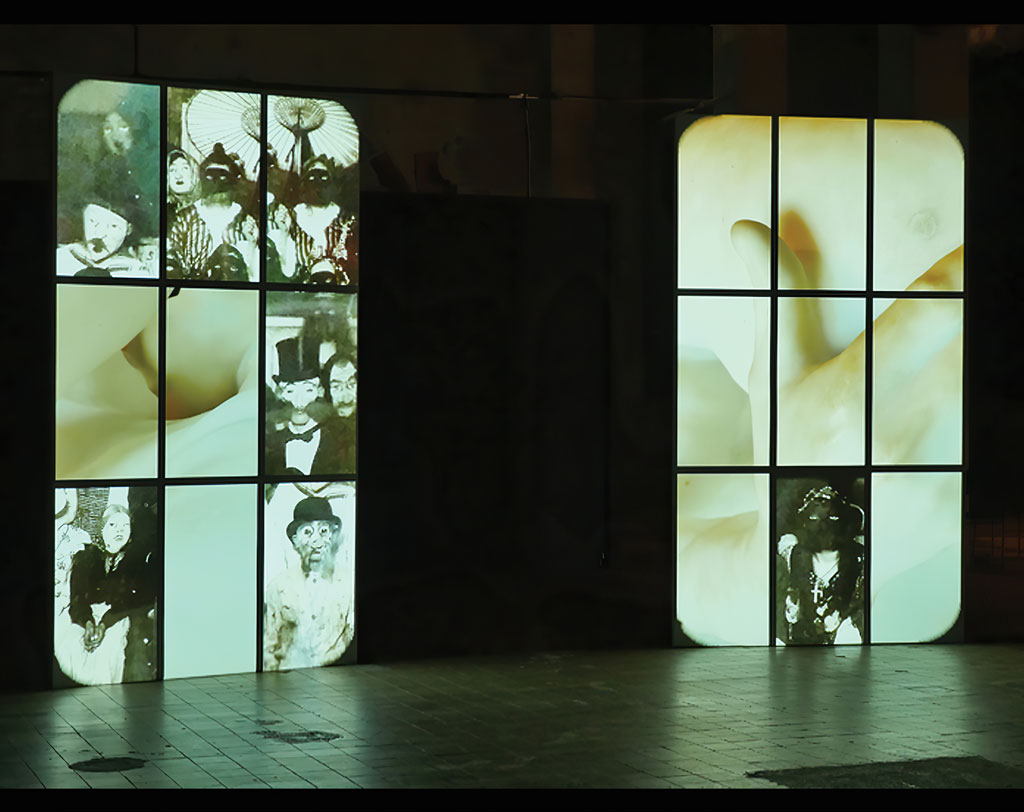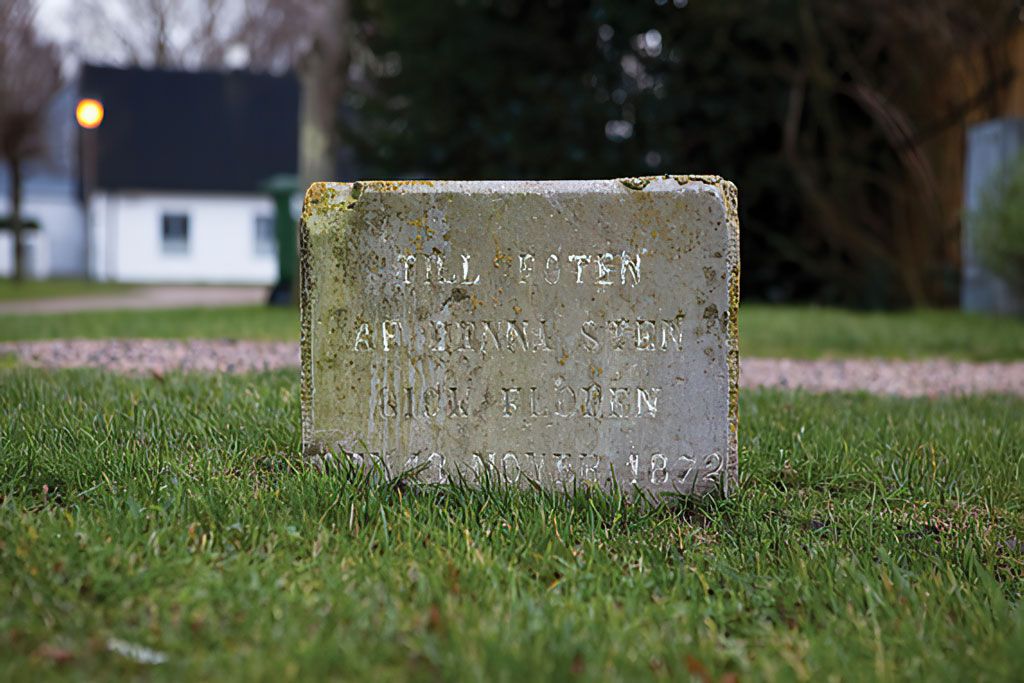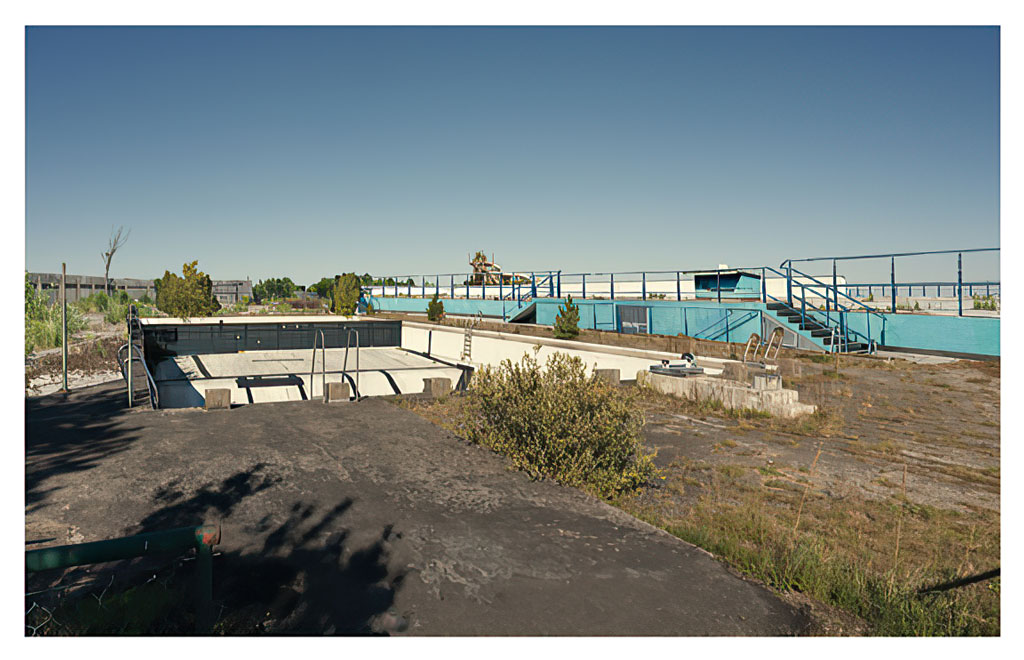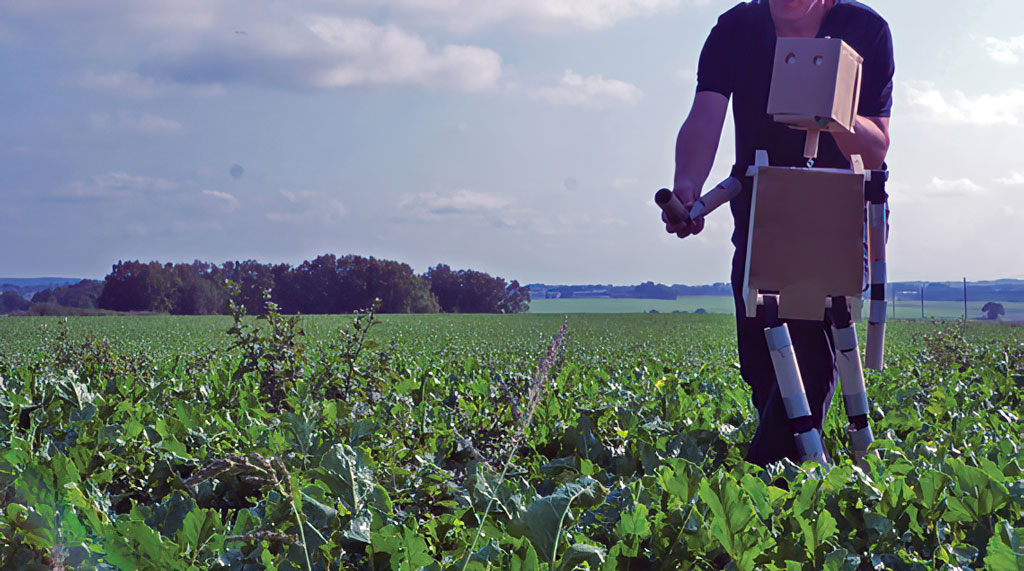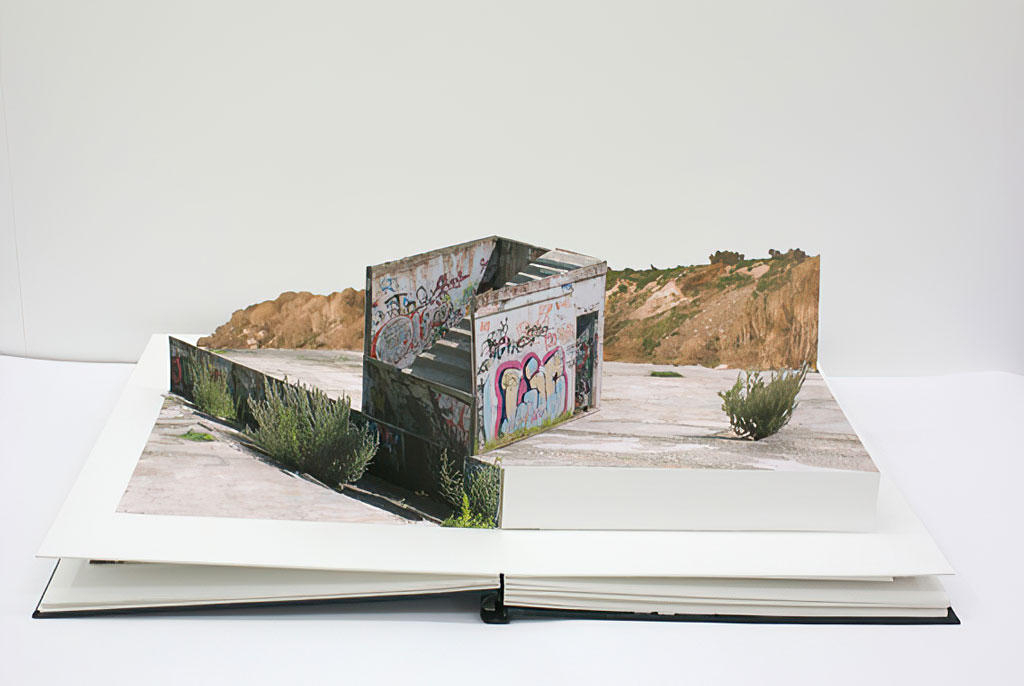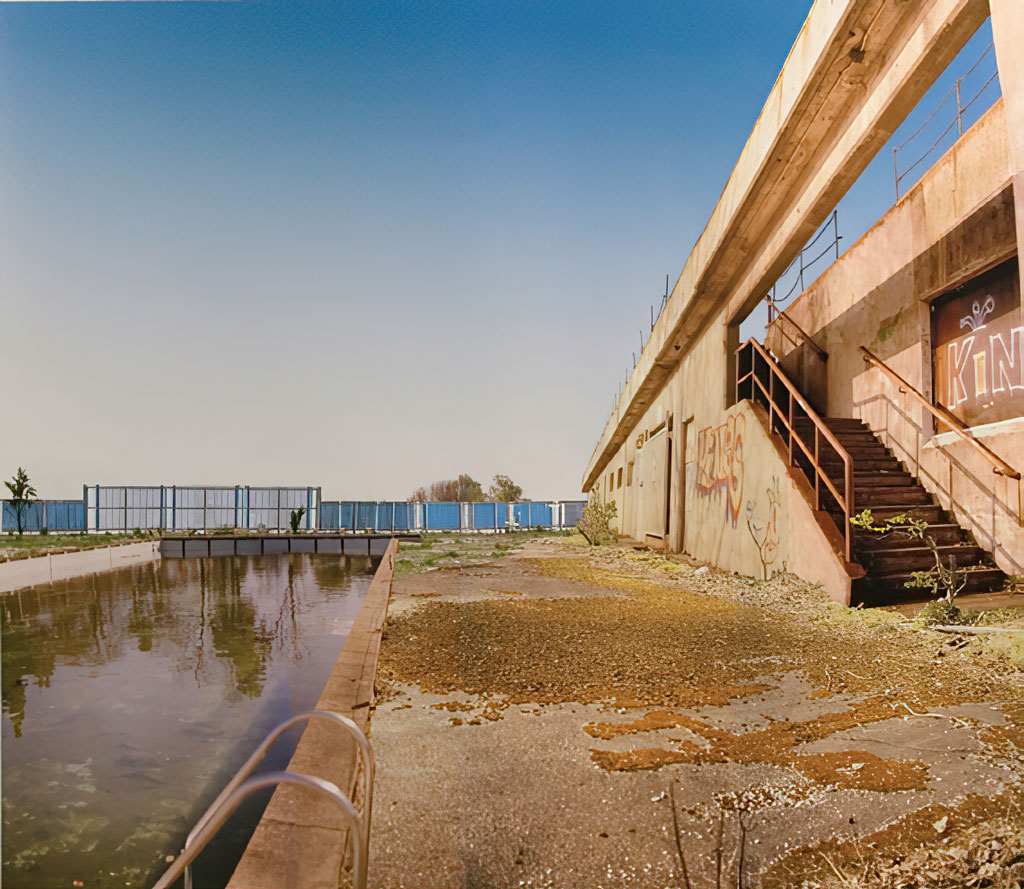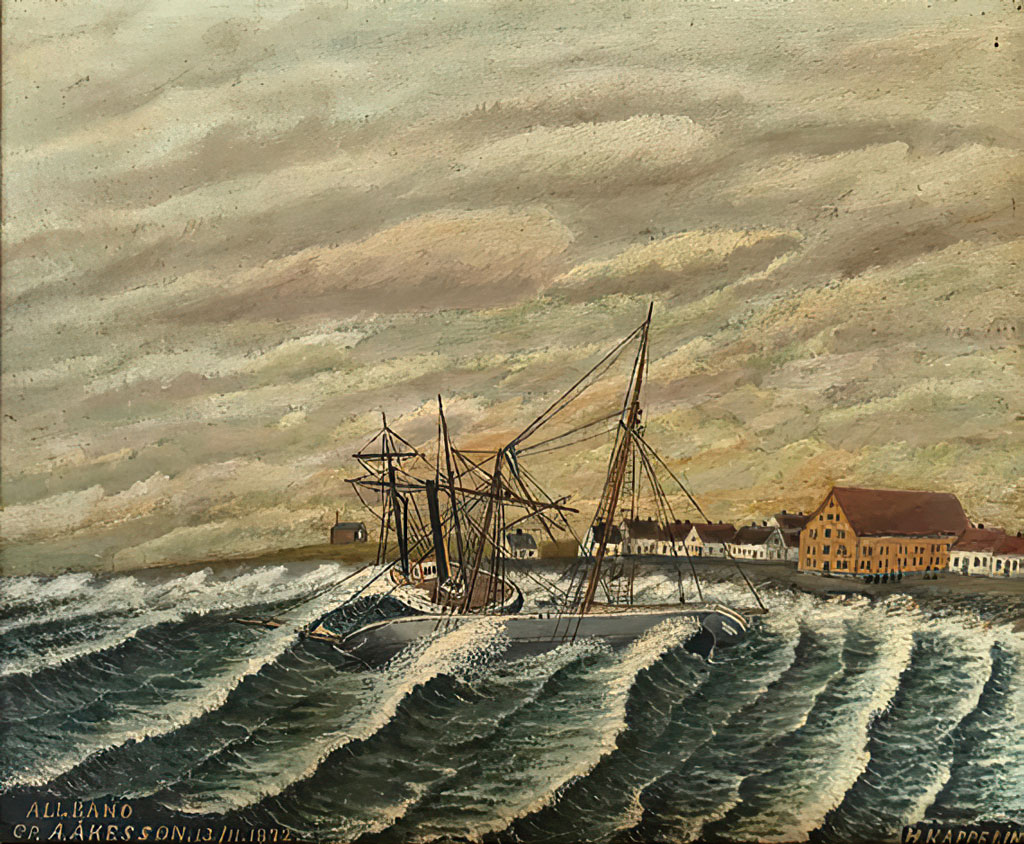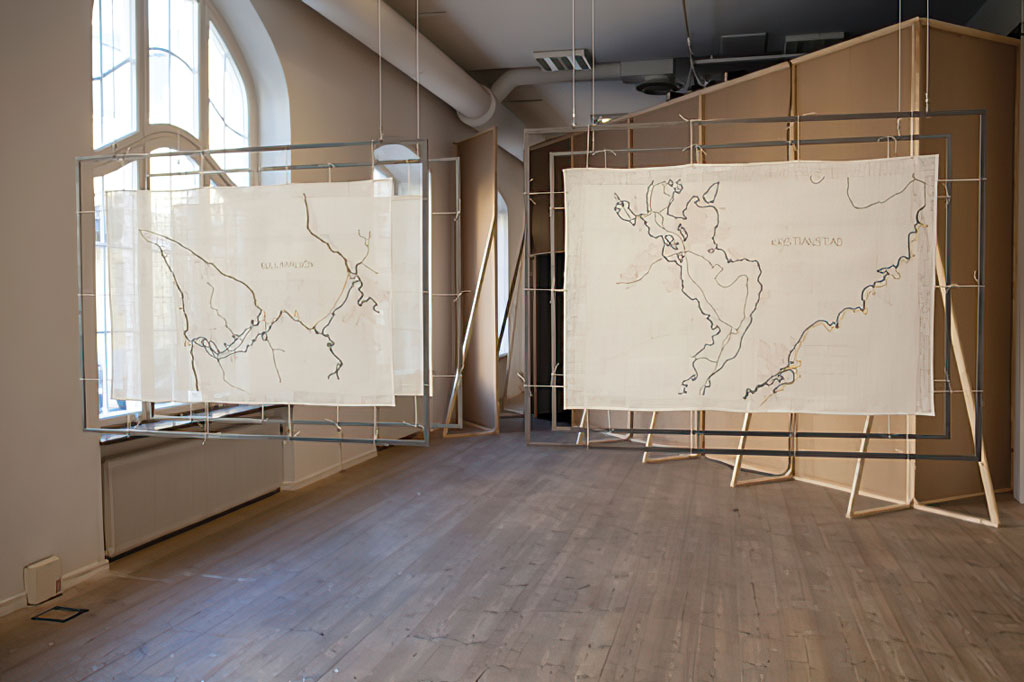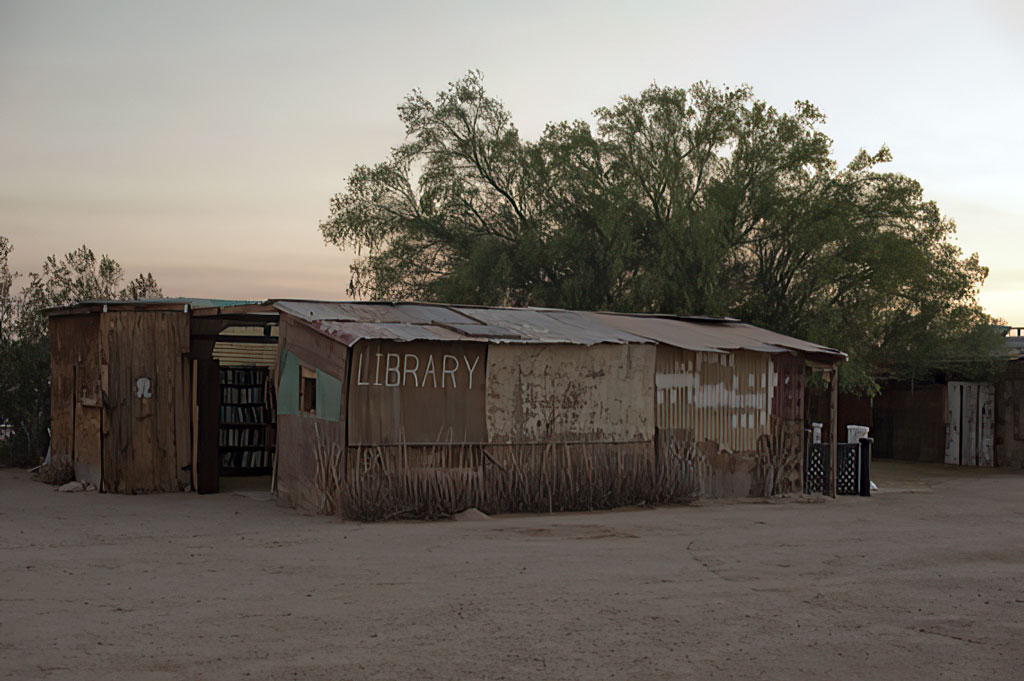ART-PRESENTATION: Dormant Quantity
 In the exhibition “Dormant Quantity” Lunds konsthall takes a closer look at a group of artists who live and work in the southern Swedish province of Scania, or who are knowledgeable about the local context. What all the participating artists have in common is that their work departs from stories and facts pertinent to a regional reality in southern Sweden.
In the exhibition “Dormant Quantity” Lunds konsthall takes a closer look at a group of artists who live and work in the southern Swedish province of Scania, or who are knowledgeable about the local context. What all the participating artists have in common is that their work departs from stories and facts pertinent to a regional reality in southern Sweden.
By Efi Michalarou
Photo: Lunds Konsthall Archive
The local current state of affairs that is presented in the exhibition “Dormant Quantity” is rooted in historical and global frameworks. However, the ties made between here and there, and past and present, are not uncontested–rather, they represent attempts to understand the present from a set of political, social, and material vantage points that can be highly variable–at times even contradictory. The title of the exhibition is a reference to the fact that the shown works establish links between events and sites that might seem rather unexpected at first glance. Further, each participating artist highlights the particular aspects that allow these connections to be drawn at this particular moment in time. In other words, what they are doing is activating a cluster of nodes within a historical and geographical network that have been dormant until now.
Several of Dave Hullfish Bailey’s projects highlight the relationship between land use, community making, and pedagogy. On display at Lunds konsthall are three tracks of his ongoing research that can be said to engage with the spatial as well as the utopian aspects of education. A common denominator is their highly concrete conception of site. For Bailey, site is a shifting and relational constellation: something that is both already formed and also always under construction. Different layers of time are subject to constant re-evaluation and are interpreted based on their different relations to other sites, whether nearby or far away.
Simple robot-like dolls, constructed from cardboard, wood, gaff tape and nylon ribbons, are working in the fields. Human eyes have been edited into their sockets. The gazes move and flicker, lending the figures a somewhat jittery expression. These dolls stand in for the camp inmates who came to southern Sweden with the white buses after the end of the Second World War and were put to work on the sugar beat fields. In “Jag är kommen” (2020) the dolls’ and the actual survivors’ labour is contrasted with another reality in the region: the landed gentry’s active support for fleeing Nazis. An unsavoury connection emerges between those who own the land and those who till it. Such contrast and montage are recurrent features in Kalle Brolin’s practice. He illuminates historical events and relates them to current topics. The montage becomes obvious in the two-channel format he frequently uses for his videos, where images keep encountering each other, but also at the narrative level. Two stories create new history, as when the survivors’ existence in Sweden is juxtaposed with the possible political sympathies of their employers. The installation also comprises a vitrine introducing part of Brolin’s research, in which a layered display of book spreads and quotes indicates a way out of the tension built into the montage. Here the books become building blocks gathered to form a possible understanding of an imagined relation between Nazis and survivors in southern Sweden.
The saturated sunlight in Andreas Johansson’s collages is one of the factors locating the motifs in a geographically undetermined elsewhere, perhaps on the US West Coast. The dry vegetation and the post-industrial debris, the expanses and the imagined heat are both desirable and deterring. The indeterminacy of these locations feeds our curiosity, but at the same time the absence of human life is almost apocalyptic. The landscapes are empty and deserted – or ready to be explored and settled. It is a question of gaze and of whose gaze. The viewer is the one giving life to the locations, the one whose gaze projects a fantasy of what these landscapes are. As we get closer to them we discover logical gaps. Dispersed elements lack context and function, like staircases leading to nowhere. The same elements may recur in different collages. In these gaps something emerges that is central to Johansson’s practice: a play with dimensions, a tension in the will for cognition through vision. As the viewer faces his collages, or even more his sculptural installations, the eye will want to adjust to what appears to be either two- or three-dimensional. The computer printed photographs that Johansson’s installations are constructed like stage designs in which the eye is tricked to translate image depth into spatial depth.
Caroline Mårtensson’s practice is focused on nature. On nature as the inexorable context, as the fundament of human life, as force and condition. The nature that we attempt to control, that we destroy and exploit. Such tensions form part of the investigations on which Mårtensson’s work is based. She highlights aspects of ecological literacy, our ability to see and understand what we see. Reading nature is about being able to discern contexts and interpret ecosystems, but also to understand that there is always more than meets the eye. This ‘ecological reading’ is the common methodological denominator in Mårtensson’s practice, however shape-shifting and multi-faceted it may be. Each context demands its own reading and the purpose is not to explicate or stipulate but rather to linger on a topic with the help of reflection and transformation. In “Minnets horisont” (2020) historical facts, artefacts and purpose-made components are woven into a story of a forgotten natural disaster, one of the worst to hit southern Sweden and the Baltic Sea region.
There is a color that is an average of all colors in the Universe. It is not a muddy brown, as when all the paints on a palette are mixed together, but a vaguely light white-yellow-beige. ‘Cosmic Latte’, as this color is called, appeared as a side-effect of a 2011 study led by astronomers from the Johns Hopkins Institute. While its real purpose was to investigate how stars are born, it also brought about a shift of the average color of the Universe from a greenish white to a beige nuance. This fact originating from a milky context is one of many in the web of references that the artist duo Åsa Norberg & Jennie Sundén have created in their installation for Lunds konsthall. Their practice is based on extensive research that is transformed into form, color and material. The wallpaper installed in the gallery may be regarded both as an aesthetic unit and as a puzzle to decipher. The construction of the accompanying sculptures is inspired by the industrial, machinic and rational ideology and aesthetic of futurism. Every detail here comes with a backstory.
Participating Artists: Dave Hullfish Bailey, Kalle Brolin, Andreas Johansson, Caroline Mårtensson, Åsa Norberg & Jennie Sundén.
Photo: Kalle Brolin, In the Magic Mountain, Video installation, 2020, © Kalle Brolin, Courtesy the artist and Lunds konsthall
Info: Curator: Hans Carlsson, Lunds konsthall, Mårtenstorget 3, Lund, Duration: 28/11/2020-21/2/2021, Days & Hours: Tue-Wed & Sun 12:00-17:00, Thu 12:00-20:00, Sat 10:00-17:00, https://lundskonsthall.se
